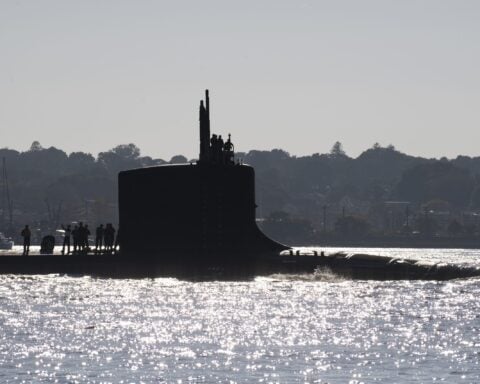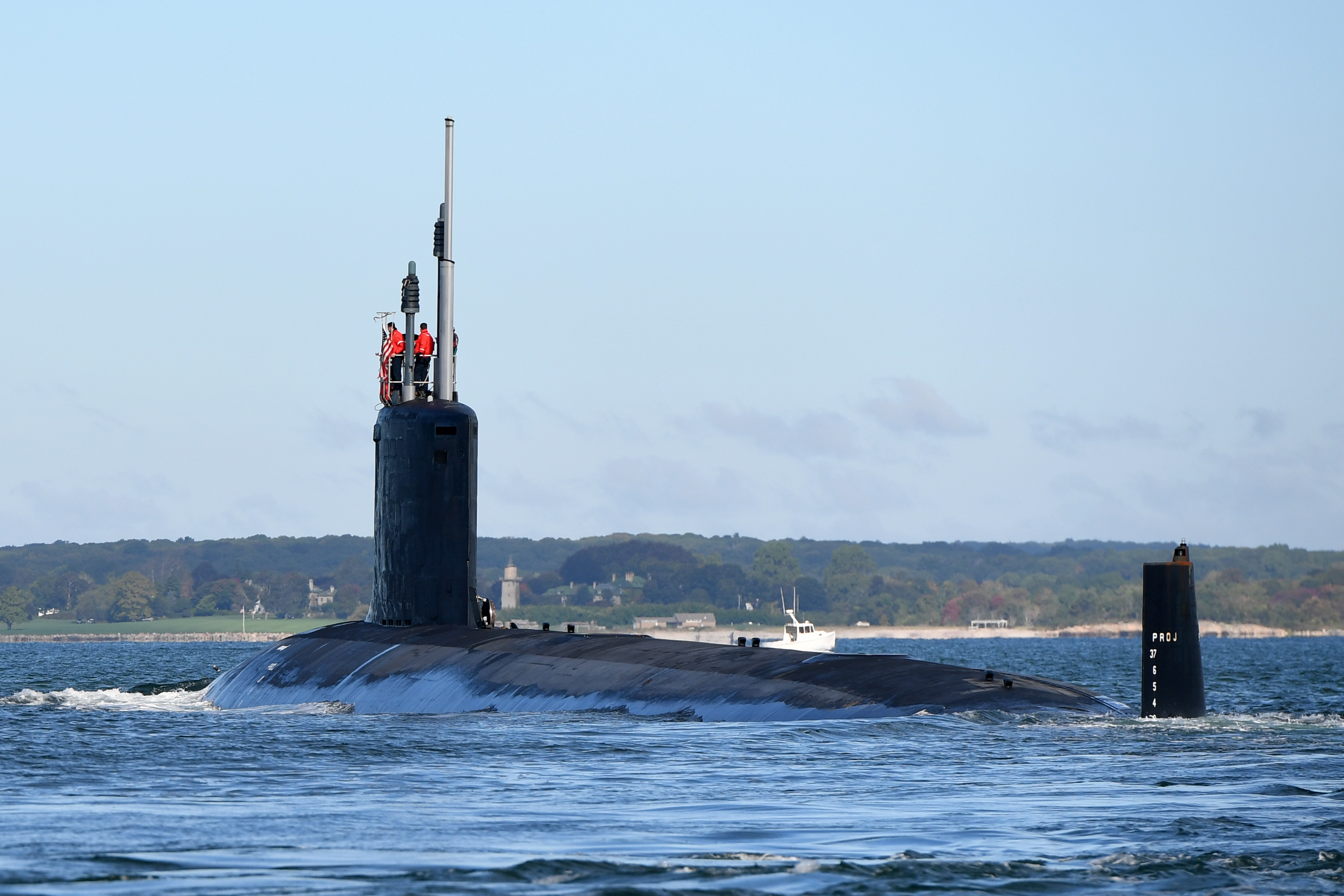The following is the April 22, 2024, Congressional Research Service report, Iran: Background and U.S. Policy.
From the report
Relations between the Islamic Republic of Iran and the United States have been largely antagonistic since the Iranian Revolution of 1979, with tensions spiking again since 2023. Of particular concern for U.S. policymakers in 2024 are Iran’s regional activities and those of its partners in light of the October 2023 Hamas-led attack on Israel; ongoing attacks against U.S. forces and additional targets in the region by other Iran-backed groups such as the Houthis; and the first-ever direct Iranian military attack against Israel in April 2024. The Iranian government’s human rights violations, its nuclear program, and its increasingly close relationships with Russia and China also pose challenges for the United States. Congress has played a major role in shaping U.S. policy toward Iran, including by authorizing extensive U.S. sanctions, seeking to influence diplomatic engagement with Iran, and funding support to U.S. partners facing Iranian threats. Selected issues on which Congress has engaged include:
Iran’s Foreign Policy and Support for Terrorist Groups. Iran’s government seeks, among other goals, to erode U.S. influence in the Middle East while projecting power in neighboring states by backing a range of regional armed groups, including Hamas, Hezbollah, and other U.S.-designated terrorist organizations. Since the outbreak of war in Gaza, Iran-backed groups throughout the Middle East (which sometimes refer to themselves as the “axis of resistance”) have conducted attacks against U.S. forces in Iraq and Syria and international shipping in the Red Sea, drawing retaliatory U.S. military action. Observers debate the nature of Tehran’s relationships with and influence over these groups. While neither the United States nor Iran appears to seek a direct military confrontation, the evolving threat perceptions, political calculations, and strategic goals of multiple actors in a dynamic combat environment could increase the risk of such a conflict, particularly in light of Iran’s unprecedented April 2024 attack on Israel. Israeli, U.S., and other partner forces reportedly intercepted almost all of the Iranian drones and missiles used in that attack; days later, Israel reportedly responded with an attack near an Iranian military base.
Prisoner Exchange and Fund Transfer. In September 2023, the United States and Iran concluded a prisoner exchange and the United States facilitated the transfer of $6 billion in Iranian funds to Qatar. Some in Congress have criticized the move; the Biden Administration has said it will prevent Iran’s use of the funds in the aftermath of the Hamas attack on Israel.
Iran’s Nuclear Program. U.S. policymakers have for decades signaled concern about Iran’s nuclear program. The 2015 Joint Comprehensive Plan of Action (JCPOA) imposed restraints on Iran’s nuclear activities in exchange for relief from most U.S. and international sanctions; the Trump Administration ceased U.S. participation in the JCPOA, reimposing U.S. sanctions, and Biden Administration attempts to revive the JCPOA stalled in fall 2022. Iran has since decreased compliance with its JCPOA nuclear commitments and barred some international inspectors in the context of heightened regional tensions. The U.S. intelligence community continues to assess that Iran is not currently undertaking nuclear weapons-related activities, but that Iran could enrich enough uranium for three nuclear devices within weeks if it chose to do so.
Human Rights. Iran’s authoritarian government is accused of overseeing and perpetrating a wide range of human rights abuses, including the violent repression of protests like those that broke out after the September 2022 death of Mahsa Amini, who was arrested for allegedly violating Iran’s mandatory hijab (or head covering) law and died in custody. Those protests appear to have subsided but the grievances underlying them remain unresolved amid continued government repression.
Sanctions. Since 1979, successive U.S. Administrations have imposed economic sanctions in an effort to change various aspects of Iran’s behavior, often at the direction of Congress. U.S. sanctions include measures targeting Iran’s energy sector, its arms and weapons-related technology transfers, its financial sector, and various non-energy industries and sectors.
Iran’s Military and Foreign Policy. In addition to its support for allied groups throughout the Middle East and arms sales elsewhere, Iran maintains what U.S. officials describe as “the largest inventory of ballistic missiles in the region” and has developed a range of unmanned aerial vehicles (UAVs). These activities give Iran considerable regional influence, which the Iranian government has sought to reinforce by taking steps to strengthen its economic and military ties with China and Russia—for example, by exporting UAVs to bolster Russian military operations in Ukraine and selling oil to China.
The U.S. government has used various tools, including comprehensive sanctions, limited military action, and diplomatic engagement with leaders in Iran and other countries to counter what the U.S. officials describe as Iranian threats to U.S. interests. The Iranian government faces some challenges at home but retains considerable influence in the Middle East region, is developing new ties to Russia and China (including via Iran’s BRICS membership), and remains able to contest U.S. interests in the region and beyond. In this context, Members of Congress may consider U.S. and Iranian policy goals, the stability of Iran’s government, and efforts to counter Iran’s regional influence and deter its nuclear development activities.
Download the document here.





